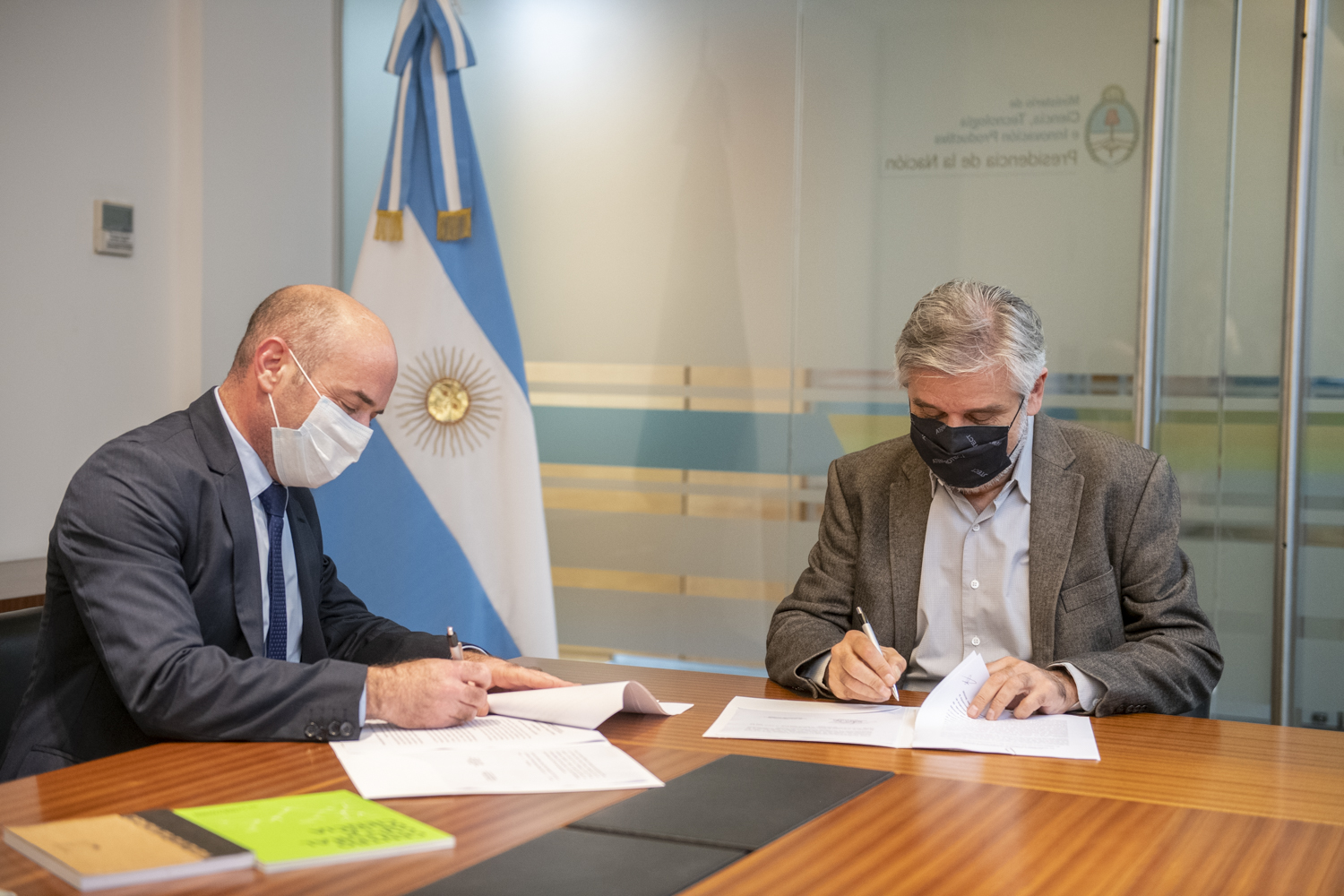probe juicea mission that will explore an environment Jupiter And three of his three large icy moons are ready to make, on the thirteenth day, a journey during which they will have to seek the gravitational assistance of the Earth, the Moon and Venus until they reach their destination in eight years.
juice (Jupiter Icy Moons Explorer) of the European Space Agency (that) will make detailed observations of the gas giant and its three large icy moons: CallistoAnd Europe And above all, who Ganymedewhich is the main objective of the mission.
About to take off
Days after launch, the probe is already attached to the rocket Ariana 5 “Ready for launch,” Alessandro Atzi, the company’s payload systems engineer, said in a virtual press conference. that.
The mission will launch from the European Spaceport in French Guiana on a rocket Aryan 5the last one before that Replace it with Ariane 6 from Arianespace.
In the event that the take-off is disrupted due to weather or any other reason, the expert explained that it is possible to retry every day until the end of the month, albeit always at a specific time, given that “the perfect match between the target and the launch”.
Atzi pointed it out juice It is “a very large probe, with many unique features” such as a large antenna, “huge solar panels”, 85 square meters once deployed, and many deployable weapons.
That’s why, when it separates from the rocket, 27 minutes and 45 seconds after launch, “there’s going to be a lot of work to make sure everything unfolds right, and for us to be able to start our mission,” he explained.
Mission objectives
The desired goal is juice is the study of icy moons Jupiter As possible planetary bodies and habitats, you will deeply explore the complex environment of Jupiter The system as a whole will be studied as the archetypal gas giants of the entire universe.
But the journey will be long since his arrival Jupiter Due in July 2031, when the science mission will begin, the trajectory will not be straight, but it will have to perform a “complex series of gravity-assisted maneuvers” to propel itself and save fuel, he said.
the first in August next year, when it will come close to the Earth and the Moon; In 2025 it will need gravitational assistance from Venus, and between 2026 and 2029 twice that from Earth.
Gravity-assist maneuvers must be “subtle” and highlight the ability of mission control teams to be “habitual”.
Atzi considered that the biggest challenge would come eight years from now, when juice I arrived at all Jupiter It must be stuck in its orbit.
It will be one of the most important mission objectives Ganymede. there, juice It will become the first spacecraft to orbit a moon other than our own, and after studying it, its mission will end when the fuel runs out. You bump into it in a controlled manner.
juice It would have to deal with a “very harsh” environment, with extreme temperatures, very high radiation, strong magnetic fields and low light, so it took a lot of effort to build, according to Justin Byrne, chief science officer for the defense and space division of Airbus.
The mission is not to find life, but to understand the potential habitability of large icy moons, which could hide oceans beneath their surface.
Olivier Weetas, Project Scientist juicenoted that “interesting aspects related to life and habitability” will be studied, including water vapor in the moon’s atmosphere.
In addition, he stressed the importance of “exploring a system Jupiter Globally,” its atmosphere, its strong magnetic fields, its ocean moons, “are all bound together.”
Jupiter It is a “solar system in miniature” and is key to a better understanding of how our solar system works, how it formed and evolved over time, as well as other extrasolar systems. (EFE)
We recommend you MetadataRPP Technology Podcast. News, analytics, reviews, recommendations and everything you need to know about the tech world.





/cloudfront-us-east-1.images.arcpublishing.com/eluniverso/BQTQKLGOVWMBZHCEMS3TBTLWMY.jpg)